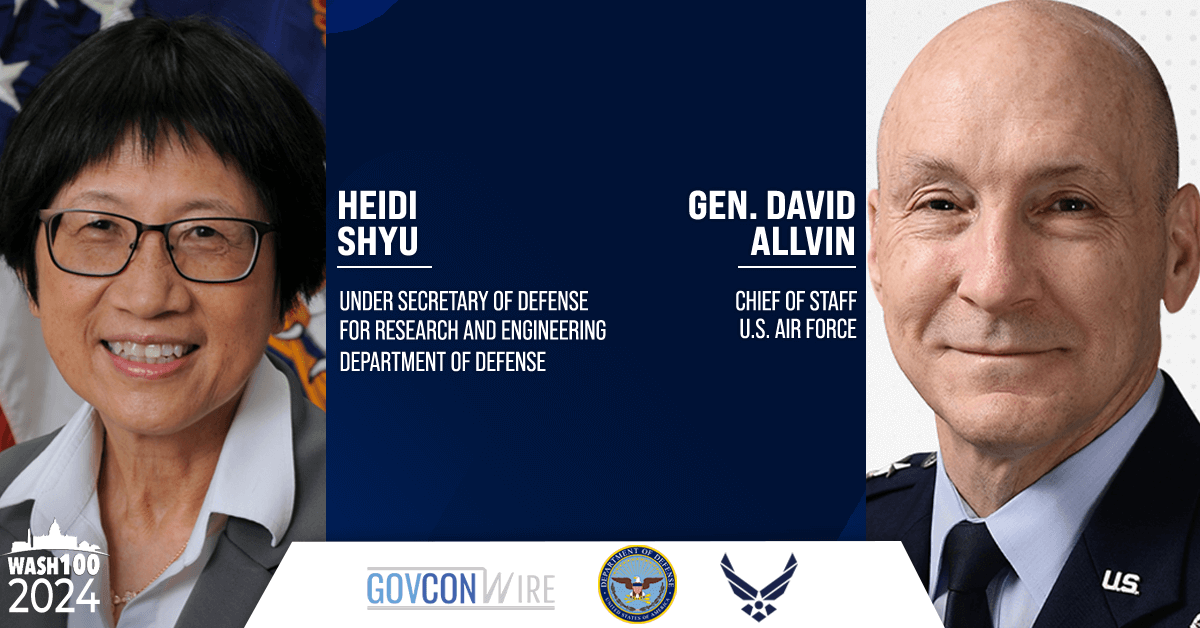The last few decades have seen a steady uptick in autonomous defense systems like unmanned aircraft, ground vehicles and drones. But Russia’s invasion of Ukraine and the resultant ongoing conflict has put these tools on the world stage as a central focus. While Russia implements Iranian drones to prey upon Ukrainian energy production, Ukraine executes long-range strikes at distances of more than 400 kilometers, Air & Space Forces Magazine reports.
The U.S. military is rapidly learning lessons from this conflict and tentatively taking the new knowledge and applying it to future fights and even potential conflicts in the Indo-Pacific, primarily with China. However, there are a number of roadblocks and challenges the Department of Defense has to navigate before they count autonomous systems in their permanent stable.
We identified three primary considerations the DOD is currently managing.
Hungry for a space where DOD officials will gather to discuss the technology that will power the warfighter of tomorrow? Look no further than the Potomac Officers Club’s 2025 Defense R&D Summit, which is rapidly approaching. Hosted on Jan. 23 in the Tysons Corner, Virginia area, the event will feature a panel discussion on autonomous systems. Don’t miss this prime GovCon networking opportunity!
Legal Hurdles
Laws regarding drones and defending against them vary overseas and in the U.S., Heidi Shyu, under secretary of Defense for research and engineering and Wash100 Award recipient, said, sharing that the Pentagon is attempting to wrap its head around these different regulations and figure out how it can assert dominance while remaining within legal bounds.
“What we’re trying to do is figure out [the] different rules … We can’t really shoot it down with a missile,” Shyu said at a conference in August.
Because adversary nations are also working overtime to understand and harness drones and counter unmanned systems—Shyu called it a “cat and mouse game”—the U.S. needs to develop an “integrated solution of multiple capabilities.” The under secretary then called on industry partners to submit their best ideas in this realm.
Shyu was a speaker at the last Defense R&D Summit, to give you an idea of the types of figures who will be at the event in January.
Financial Challenges
According to Air Force Chief of Staff Gen. David Allvin, “The appearance of drones and the appearance of rapidly replicable, low-cost, mass airborne platforms offers both a threat and an opportunity,” to which he added, “Those three words don’t often belong in the same text: inexpensive, precise, and long-range.”
Gen. Allvin was alluding to the fact that cheap drones, such as the Iranian equipment being used by Russia, should not be dismissed — they have been used with deadly effectiveness as recently as February, when one-way drones operated by Iran affiliates ended the lives of three American soldiers in the Middle East.
However, the real systems of interest to the U.S. are exceedingly expensive: collaborative combat aircraft, or CCA, are “wingman drones” designed to flank manned Air Force fighter and bomber aircraft. The USAF has 150 on order at a hefty price: $25 million per unit.
How to Counter Adversaries
While certain drones and unmanned aircraft have proved effective in Ukraine and Russia, not all opponents and battlefields are created equal and all demand their own unique approaches.
“The question that we need to address as we look at how it might impact and find its way into our Air Force writ large is the utility across the geography,” said Gen. Allvin. “I would not want us to take what’s going on in Ukraine and … transport that immediately to the Indo-Pacific because of the nature of the tyranny of distance.”
“There isn’t one solution that can counter every single scenario,” agreed Shyu.
This is clearly a complex problem that is not going to be solved immediately. Come be a part of the continuing conversation and dialogue directly with DOD officials at the Potomac Officers Club’s 2025 Defense R&D Summit on Jan. 23!




